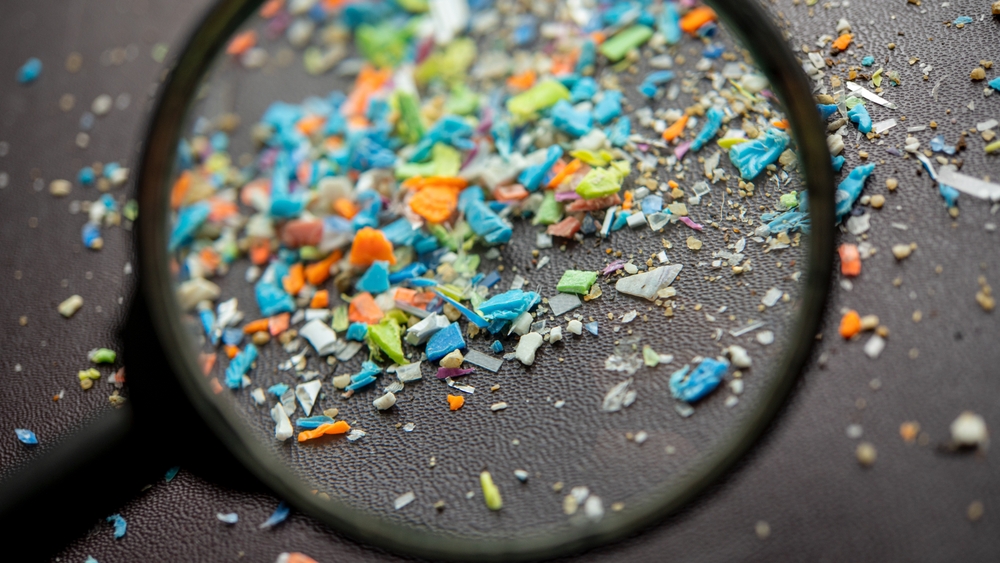The Ubiquity of Microplastics
Microplastics have found their way into almost every corner of the planet. They are present in freshwater, seawater, soil, air, and even in the food we eat. This widespread contamination is largely a result of the massive global production of plastic, which has only increased since its commercial introduction in the 1950s.
Advertisement
The following are some key areas where microplastics have been detected:
1. Oceans and Marine Life
The world’s oceans are among the most heavily impacted environments by microplastics. Studies have shown that microplastics are present in virtually all oceanic ecosystems, from the surface waters to the deepest parts of the ocean. The infamous “Great Pacific Garbage Patch,” which consists primarily of plastic debris, is one of the most visible manifestations of this problem.
Marine organisms, from plankton to whales, ingest microplastics either accidentally or because they mistake them for food. Ingestion of microplastics can have detrimental effects on marine life, including physical harm, impaired feeding behavior, and toxicity due to the chemicals often found on plastic particles. For example, when fish ingest microplastics, these particles can accumulate in their digestive systems, potentially leading to blockages or malnutrition.
Additionally, microplastics can act as carriers for harmful chemicals. Plastics in the ocean can attract toxic substances, including pesticides, heavy metals, and persistent organic pollutants (POPs). These toxic compounds can then enter the food chain as marine organisms consume plastic debris, ultimately impacting human consumers of seafood.
2. Freshwater Systems
Microplastics are not confined to the oceans. Rivers, lakes, and streams also harbor significant quantities of microplastic pollution. Research has shown that freshwater systems are becoming increasingly polluted with plastic particles, often as a result of runoff from land-based activities. Wastewater treatment plants, which are not equipped to filter out microplastics, often discharge these particles into rivers and lakes, where they continue to pollute the ecosystem.
Microplastics in freshwater ecosystems pose a similar threat to aquatic life as in marine environments. Freshwater organisms such as fish, frogs, and invertebrates can ingest these particles, leading to similar issues with digestion, reproductive health, and overall survival. In addition to impacting wildlife, microplastic contamination in freshwater resources can also pose a risk to human health, as many communities rely on freshwater bodies for drinking water.
3. Soil Contamination
The presence of microplastics in soil is another growing concern. As plastics break down over time, smaller particles are carried by wind or water and deposited on the land. Microplastics can enter the soil through agricultural runoff, improper disposal of plastic waste, or the use of plastic-based fertilizers and mulches. Once in the soil, microplastics can affect soil health by disrupting the microbial communities that are crucial for plant growth and nutrient cycling.
Research indicates that microplastics in soil can be absorbed by plants, potentially entering the food chain. This has raised concerns about the long-term impact of microplastics on crop production and food security. In addition to this, there are concerns that microplastics in the soil could affect soil fertility, which could have implications for agricultural productivity.
4. The Air We Breathe
Surprisingly, microplastics are even present in the air. Due to their lightweight nature, microplastic particles can become airborne and travel long distances. They are generated through the wear and tear of plastic products, the breakdown of synthetic fabrics (such as polyester), and the fragmentation of plastic waste. Once in the atmosphere, microplastics can be inhaled by humans and animals, with potential risks to respiratory health.
Microplastic pollution in the air has become a growing area of research, as there is still much to learn about the effects of inhaling these particles. Early studies suggest that inhaled microplastics could cause irritation to the lungs, potentially leading to respiratory conditions or exacerbating existing health problems such as asthma or bronchitis.
The Impact on Human Health
While the environmental impact of microplastics is undeniable, there is growing concern about the potential risks to human health. The full extent of these risks is still being studied, but the evidence suggests that microplastics may pose serious threats to human well-being.
1. Ingestion of Microplastics
Microplastics can enter the human body through the consumption of contaminated food and water. Studies have found that microplastics are present in a wide range of food items, including seafood, salt, honey, and bottled water. In addition, there is concern about the presence of microplastics in the food chain from terrestrial animals, such as livestock, which may ingest plastic particles through contaminated feed or water.
Once ingested, microplastics may accumulate in the body, leading to potential health risks. While some studies suggest that microplastics are excreted through the digestive system, others have raised concerns that these particles could accumulate in organs or tissues, potentially causing inflammation or other health issues. There is also the possibility that harmful chemicals or pathogens attached to microplastics could leach into the body, posing additional risks.
2. Toxicity and Chemical Exposure
Microplastics are often treated with additives or contain harmful chemicals as a result of their production process. Many plastics contain plasticizers, flame retardants, and other toxic chemicals that can leach out over time. When ingested or inhaled, these chemicals can be absorbed by the body, potentially leading to endocrine disruption, cancer, or other long-term health issues.
The presence of these toxic substances in microplastics is particularly concerning because they can have cumulative effects on human health, even at low levels of exposure. Additionally, microplastics in the environment can serve as vectors for more harmful chemicals, such as pesticides, heavy metals, and pharmaceuticals, which can then enter the human food chain.
